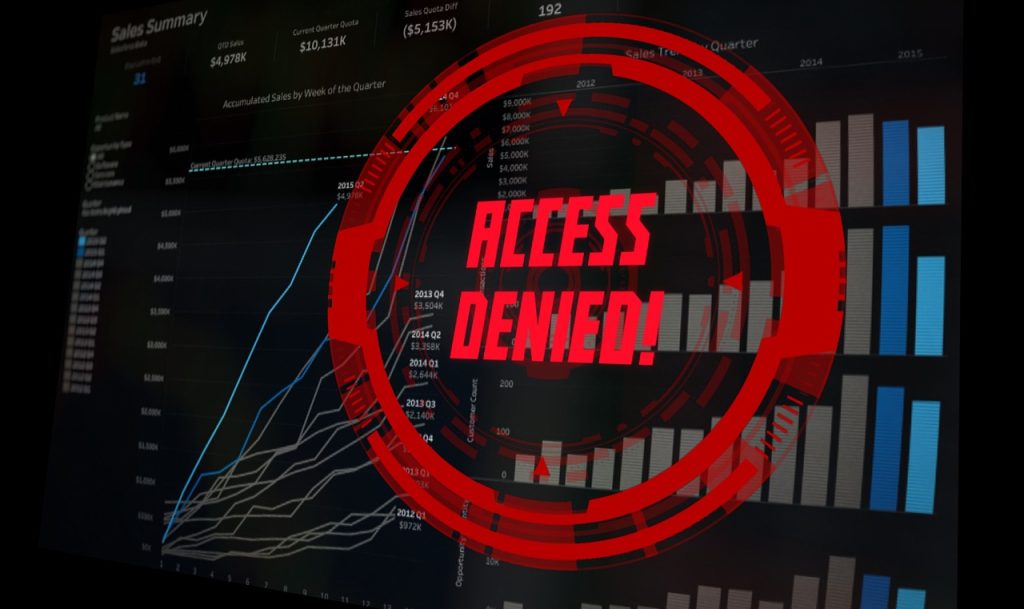Social Engineering: Beyond Phishing – Unmasking the Human Element in Cyber Attacks
In the intricate world of cybersecurity, we often focus on the technological arms race: sophisticated firewalls, advanced encryption, and AI-driven threat detection. While these are indispensable, they guard only one frontier. The most persistent, and often most successful, attacks target not our systems, but our people. This is the realm of social engineering, a discipline […]
Social Engineering: Beyond Phishing – Unmasking the Human Element in Cyber Attacks Read More »










